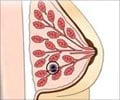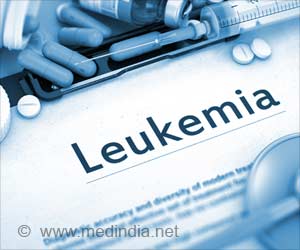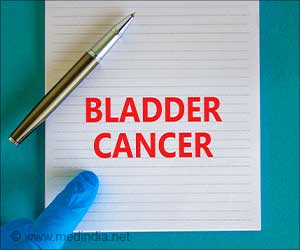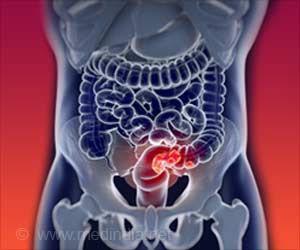Digital breast tomosynthesis (DBT) leads to an increase in cancer detection in a large breast cancer screening program, reveal researchers.

Digital breast tomosynthesis has shown promise at reducing recall rates in all groups of patients, including younger women and women with dense breast tissue. Tomosynthesis is similar to mammography in that it relies on ionizing radiation to generate images of the breast. However, unlike conventional mammography, tomosynthesis allows for three-dimensional (3-D) reconstruction of the breast tissue, which can then be viewed as sequential slices through the breast.
Because DBT technology is relatively new, it is typically used only as a supplemental screening tool, but since October 2011, every patient screened for breast cancer at Hospital of the University of Pennsylvania (HUP) in Philadelphia has been screened using DBT, according to Emily F. Conant, M.D., chief of breast imaging at HUP and the study's lead author.
"We have used DBT on all of our breast screening patients," Dr. Conant said. "Every patient has had it—we have not selected patients because of their risk or breast density or if they were willing to pay extra. We did not charge extra and were able to provide all of our women with this new technology."
For the study, Dr. Conant and colleagues compared imaging results from 15,633 women who underwent DBT at HUP beginning in 2011 to those of 10,753 patients imaged with digital mammography the prior year. Six radiologists trained in DBT interpretation reviewed the images.
The researchers found that, compared to digital mammography, the average recall rate using DBT decreased from 10.40 percent to 8.78 percent, and the cancer detection rate increased from 4.28 to 5.25 (per 1,000 patients). The overall positive predictive value—the proportion of positive screening mammograms from which cancer was diagnosed—increased from 4.1 percent to 6.0 percent with DBT.
Dr. Conant notes that tomosynthesis is an evolving platform, and researchers are already seeing a significant improvement in important screening outcomes.
Source-Eurekalert
 MEDINDIA
MEDINDIA




 Email
Email










